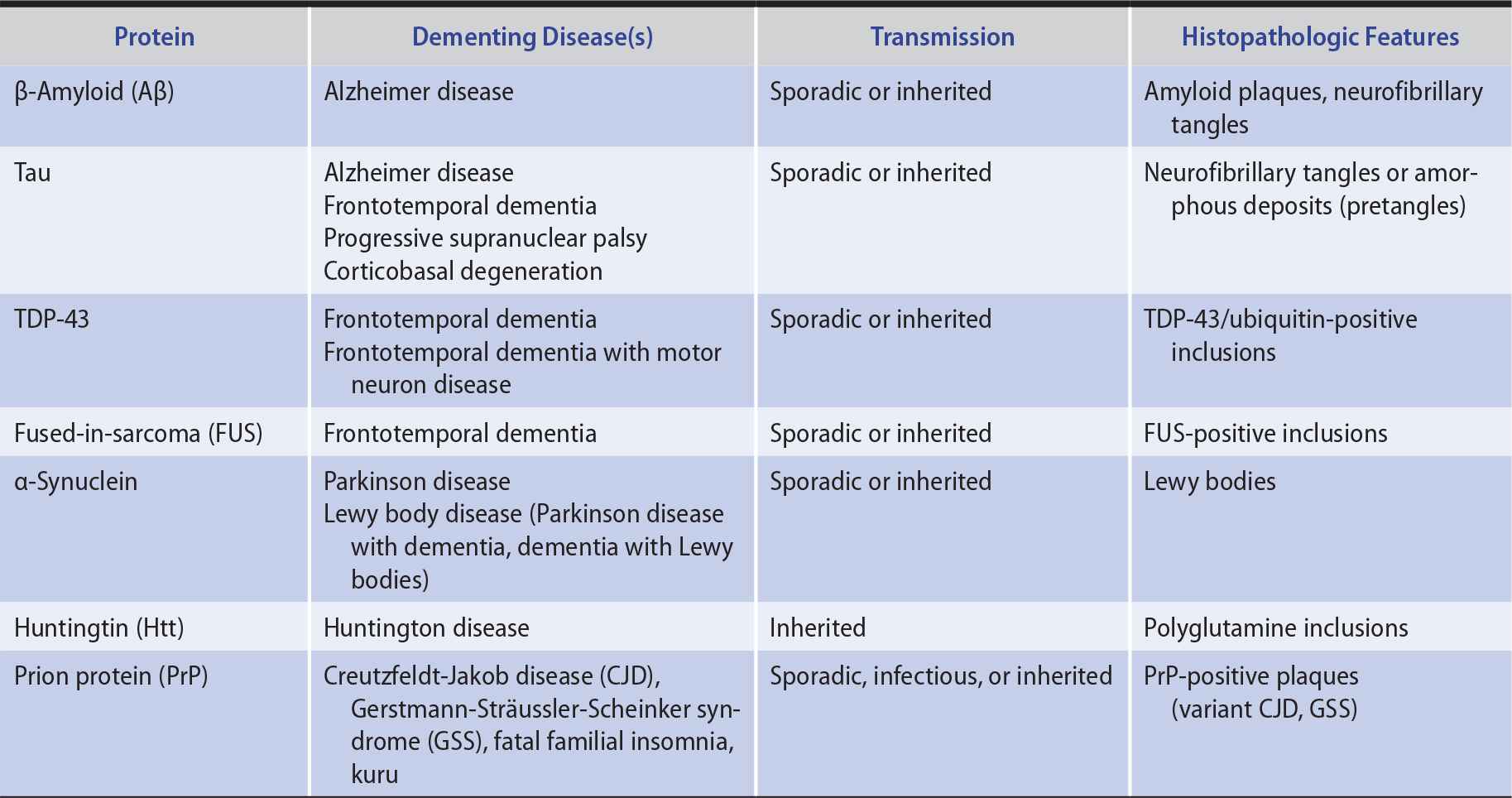

Moreover, papers on the histopathological lesions underlying KS have not been published since 2000, notwithstanding the fact that several of the most fundamental and intriguing problems involved have not been resolved adequately. 1 However, affective and volitional disorders, although reported in KS from the onset, 6 – 9 have rarely been studied. The neuropsychological sequelae of KS have been studied since the nineteenth century, leading to an increasing refinement of our comprehension of both amnesia and executive dysfunction. Moreover, the study of KS has brought to the fore that diencephalic structures play a critical role in memory function, thus stimulating the search for separate and distinctive brain structures and neural circuits underlying the component mnemonic processes. 1 – 3 Studies that have examined the extent, pattern, and nature of the anterograde episodic memory deficits in KS have contributed greatly to the delineation of concepts regarding human memory formation and to the realization that memory is not a unitary function. In combination with other cognitive and behavioral deficits, usually present in more severe forms of KS, this may have far-reaching effects on daily life. The most conspicuous symptom of KS is global amnesia, which can be very profound. Korsakoff’s syndrome (KS) is a residual syndrome in patients who suffered from a Wernicke encephalopathy (WE), but did not receive immediate and adequate treatment with thiamine replacement therapy. Therefore, in this review, we propose such a definition of KS and draft outlines for prospective diagnostic criteria. A necessary requirement for the advancement of studies on KS is the broad acceptance of a comprehensive definition and definite diagnostic criteria. Future research on the postmortem histopathological analysis of brain tissues of KS patients is crucial for the advancement of our knowledge of KS, especially for associating its symptoms with lesions in various thalamic nuclei.

Although alcohol abuse is by far the most important context in which TD occurs, there is no convincing evidence for an essential contribution of ethanol neurotoxicity (EN) to the development of WE or to the progression of WE to KS.

Our review shows that thiamine deficiency (TD) is a crucial factor in the etiology of KS. Pharmacological treatment options and nonpharmacological interventions, such as those based on cognitive rehabilitation, are discussed. Furthermore, the neuropathology of KS is reviewed, focusing on abnormalities in the diencephalon, including the mammillary bodies and thalamic nuclei. In addition, the evidence so far on the etiology of KS is examined, highlighting the role of thiamine and alcohol and discussing the continuity hypothesis. Moreover, recent insights into the underlying neurocognitive mechanisms of these symptoms are presented. The cognitive and behavioral symptoms of KS, which include anterograde and retrograde amnesia, executive dysfunction, confabulation, apathy, as well as affective and social-cognitive impairments, are discussed. We describe the history of KS and its definition, its epidemiology, and the lack of consensus criteria for its diagnosis. In this review, we present a survey on Korsakoff’s syndrome (KS), a residual syndrome in patients who suffered from a Wernicke encephalopathy (WE) that is predominantly characterized by global amnesia, and in more severe cases also by cognitive and behavioral dysfunction.


 0 kommentar(er)
0 kommentar(er)
